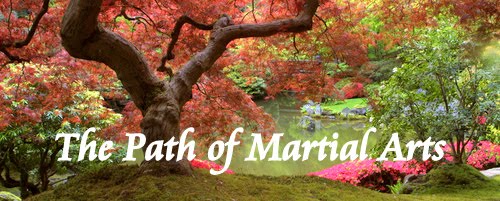
Religion is a massive part of Japanese life. Even if most Japanese people would say they have no religion beliefs. From eating meals to the seasonal festivals faith is the central pillar of this country and I think it is what makes it work so well.


Japanese people hold a great amount of respect for the past and the natural world around them. This keeps the cloture strong and traditions very much alive i.e. martial arts. This is helped by the stronger ties to there religions. If you walk into any shop in Japan you are shore to find a waving cat. This is a shinto symbol and is meant to promote good luck and good business. But ask the store keeper if he has religion and he is likely to say he has none.

So there are two main religions in Japan, Buddhist and Shinto. Both are very much apart of Japanese life from martial arts to every day life. At the start of each meal the Japanese people say thanks to the food and the life that it will pass on to them. This does two things, it reinforces the belief that energy is ever flowing. It also makes the eater think about were his or her meal came from. The better quality the food the better the energy. (OK they don't say energy they say life or spirit.)

This is why both Buddhist and Shinto value trees over all. Trees provide use with so much. Homes, boats, tools and food and much more. So to thank the sprites of the tree or the energy that the tree makes and give us is quite a nice idea. This is the point of the religions and is good I think. Don't take the gifts of life for granted but worship and protected them.


OK this is were the two religions differ. Some one from a Shinto faith can pray at a Buddhist temple or at a Shinto shrine and vice verse. But Buddhist believe that there time as a human is short and in this time they should make as little noise as possible. They should protected nature and aim to be a good human so when they move on (die) they become a greater being. The Shinto faith believes in celebrating life and the gifts it gives us, but you must hold a great respected for the world around you and what it gives you. If you do this you will pass on and become a greater being.
There is one more thing that separates the two faith. Shinto has no written texts. There are some story's about the creation of the islands of Japan and the Kami (or gods) that they believe in. But other than that every part of the practice of the Shinto faith is handed down from generation to generation.


The Shinto faith has many Kami and Kami have Shrines to go with them these are called Jinja. Buddhist temples are called Tera and are often very large and have monks or priests that live in them. Jinja are normally looked after by a minder or a volunteer from the community. The Jinja are like Church's back home. They will have a Kamidana or a god shelf. This is were candle are lit and offerings are left. Water, Sake, Rice and Salt. All are gifts for the Kami and have important symbolic meaning. Water is the single most important part of the faith and I have talked about it before on this blog. Before prayer you must first make you body and spirit clean. If any thing water is the one symbol that all the religions of the world hold highest.

As the old Japanese saying goes.
There is no man nor steel that can cut it down. No tree or beast that will not blow. No fire or rage that can not be quenched by it. And in good time it will move the earth or change what we see in the blink of an eye. It is eternal and always moving.




















































